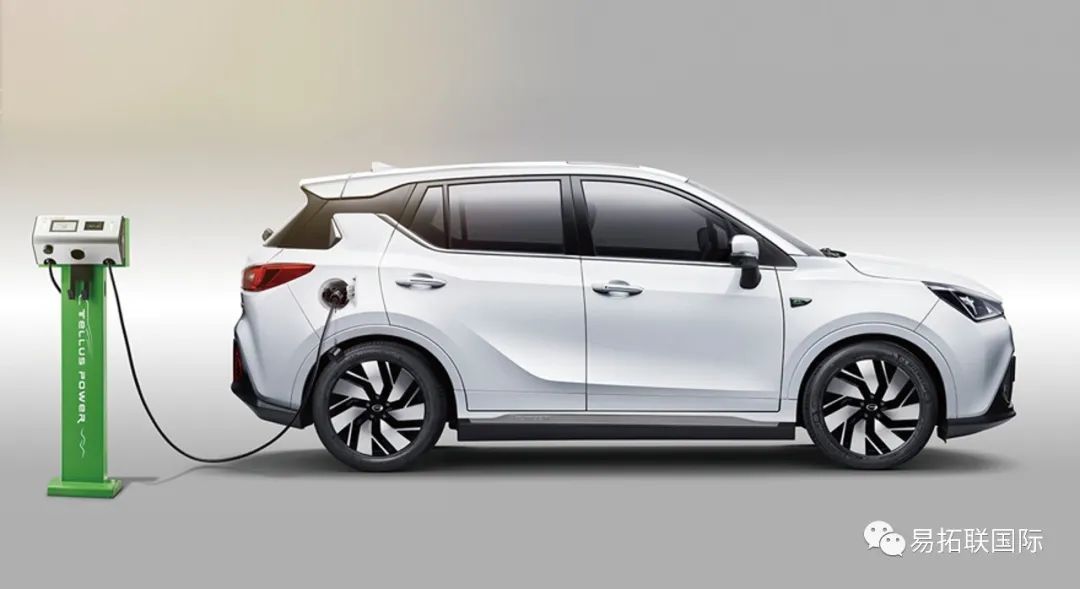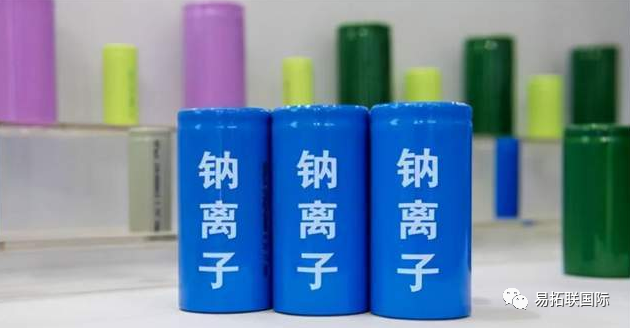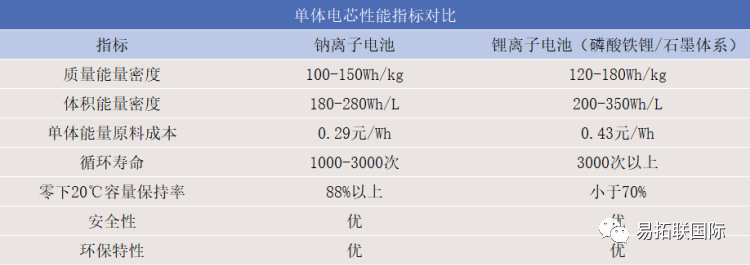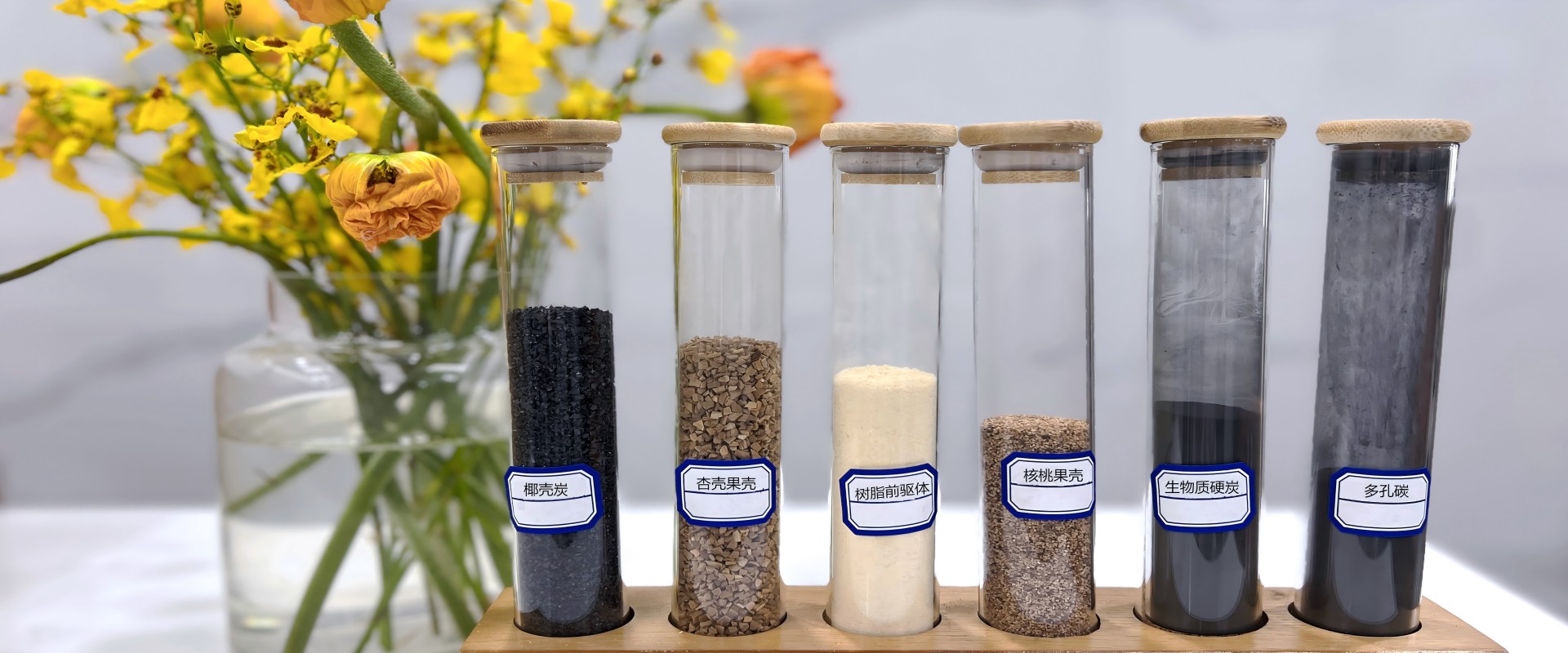The cumulative price increase of Lithium carbonate will exceed 80% in 2022
The hot sales of new energy vehicles and the demand for large-scale energy storage power station construction have led to a mismatch between supply and demand, causing lithium prices to continue to rise. The price increase of upstream lithium concentrate also supported the price increase of this round of Lithium carbonate. In the lithium concentrate auction held by Pilbara, an Australian lithium miner, on September 20, 2022, the auction price was 6988 dollars/ton, 10% higher than the auction price of the previous round (August 2). After considering the exchange rate change, the actual price increase was 14.3%, and the corresponding tax cost of Lithium carbonate was about 510000 yuan/ton. Against this background, in the short term, the "crazy" price of Lithium carbonate may continue. The continuous rise in the price of Lithium carbonate will undoubtedly bring greater cost pressure to downstream battery manufacturers and automobile enterprises.

The cost pressure of downstream enterprises in the lithium battery industry chain has soared, driving the market's expectation for Sodium-ion battery with lower theoretical costs. However, can the popular Sodium-ion battery in the market alleviate the cost anxiety of downstream enterprises?
Why is it a sodium battery?
From the development history of Sodium-ion battery and lithium ion battery, sodium battery is not always used as battery material. Since Na and Li belong to alkali metal group elements, the research on Sodium-ion battery and lithium ion battery is basically started at the same time.

In the late 1970s, researchers carried out research on Sodium-ion battery and lithium ion batteries, but the excellent performance of lithium ion batteries made scientists give up their research on Sodium-ion battery, and lithium ion batteries have also made great progress in the past 50 years. Especially in 1990, Sony realized the commercialization of lithium-ion battery technology, which led to the rapid development of lithium-ion battery technology, but the research on Sodium-ion battery in the same period was relatively stagnant. It was not until 2010 that the research of Sodium-ion battery reached a turning point. Subsequently, Sodium-ion battery made breakthroughs in electrode materials, electrolyte materials, characterization analysis, exploration of sodium storage mechanism and cell technology.
In fact, as a branch of diversified development of power battery, Sodium-ion battery is very close to the theoretical basis and battery structure of lithium ion battery. The structure of liquid Sodium-ion battery also includes positive pole, negative pole, current collector, electrolyte and diaphragm.
In terms of battery production, similar to lithium ion batteries, the production of Sodium-ion battery also goes through the processes of pulping, coating, assembly, liquid injection, formation, etc. Among them, the assembly process mainly involves combining the completed positive and negative electrode plates together through a diaphragm interlayer, establishing a sodium ion pathway inside the battery, and isolating the positive and negative electrodes to prevent internal short circuits. The assembly process follows the lithium-ion battery technology and is divided into winding and stacking processes, with the former being further divided into cylindrical winding and square winding. In addition, the structural design and packaging process of Sodium-ion battery products also basically follow the lithium ion battery. That is to say, in fact, the production of Sodium-ion battery can directly use the existing lithium ion battery production line, without the need to rebuild a new production line.
In addition, from the cost side, theoretically, Sodium-ion battery has a significant cost advantage in terms of materials. For example, because the price of sodium carbonate is much lower than that of Lithium carbonate, and the cathode materials of Sodium-ion battery usually use bulk metal materials such as copper and iron, the cost of cathode materials is lower than that of lithium batteries.
In addition, from the perspective of resource distribution, the amount of sodium resources on Earth is more than 400 times that of lithium, and sodium resources are evenly distributed globally, with over 80% of lithium resources concentrated in the Americas and Australia. Therefore, the price of sodium resources is much lower than that of lithium resources, only 1.33% of the latter's price, which means that sodium resources are easier to market compared to lithium resources.
Each indicator has its own advantages and is complementary rather than a substitute
Returning to the battery itself, battery safety and energy density have always been the core indicators reflecting the overall performance of batteries, and are also the competitiveness of various battery manufacturers. Sodium-ion battery is no exception. By contrast, the energy density of Sodium-ion battery cell is 100-160Wh/kg. Compared with lithium ion batteries, Sodium-ion battery still have a large gap in energy density. At present, the energy density of Lithium iron phosphate battery in lithium batteries is 120-200Wh/kg, and the energy density of single cells of ternary lithium batteries can reach 200-350Wh/kg. Moreover, in terms of cycle life, sodium batteries can reach around 1000-3000 cycles, while lithium-ion batteries have a cycle life of over 3000 cycles.

In terms of battery safety, because the internal resistance of Sodium-ion battery is higher than that of lithium battery, it has less instantaneous heat in the case of short circuit, lower temperature rise, and the temperature of Thermal runaway is higher than that of lithium battery, which has higher safety. On the other hand, lithium battery will separate lithium when charged at low temperature, while sodium battery will not separate, so Sodium-ion battery has a wider operating temperature range. The Sodium-ion battery can work normally in the temperature range of -40 ℃ to 80 ℃, and the capacity retention rate is close to 90% in the environment of -20 ℃. Its high and low temperature performance is better than that of lithium ion battery.
In addition, in terms of fast charging capacity, the charging time of 80% of the Sodium-ion battery is about 15 minutes. Among the mainstream batteries in mass production at present, it usually takes 30 minutes for the ternary lithium battery to charge from 20% to 80% under the support of DC fast charging, and about 45 minutes for Lithium iron phosphate.
Obviously, for new energy vehicles and other fields with high requirements for energy density and range, the disadvantage of low energy density is that Sodium-ion battery become the main weakness of power batteries. The limitation of energy density also determines that it is difficult to form a subversive replacement between Sodium-ion battery and lithium ion batteries in a strict sense. However, Sodium-ion battery technology may be a good supplement to the Technology roadmap of lithium battery in areas where the demand for energy density is relatively low, such as communication base stations, Neighborhood Electric Vehicle, electric bicycles, electric energy storage, and solar street lamps.
Especially in the field of energy storage, the performance of Sodium-ion battery has higher adaptability to the requirements of energy storage system standards.




 Phone:+86 13861313805
Phone:+86 13861313805
 E-mail:louis.han@e-tygroup.com
E-mail:louis.han@e-tygroup.com
 Add:Room 2809, Building Ⅱ, The Gate of the Orient, No. 199 Xinggang Street, Suzhou Industrial Park, Suzhou, China.
Add:Room 2809, Building Ⅱ, The Gate of the Orient, No. 199 Xinggang Street, Suzhou Industrial Park, Suzhou, China.
